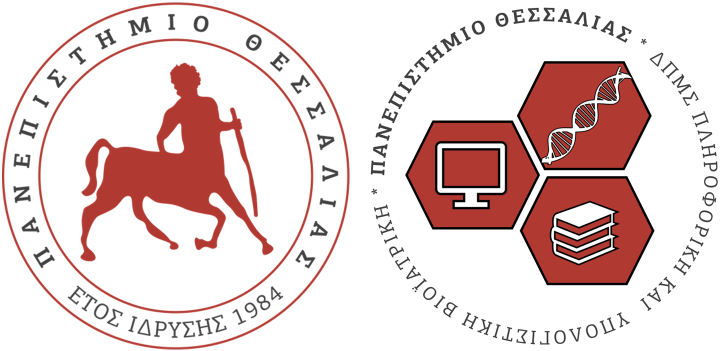MEDICAL IMAGING SYSTEMS
Second Semester
7.5 ECTS
Coordinator:
Konstantinos Delimpasis
Teachers:
Konstantinos Delimpasis, Georgia Koukiou.
Click on the attachment to view or download the course outline.
Medical Imaging Systems
Description.
The course “Medical Imaging Systems” aims to cover the necessary knowledge of the principles of operation and applications of imaging systems in Medicine and Biology. It is aimed at postgraduate students with a background in science/ computer science. Graduates with a background in health sciences can also take the course, although they are required to fill possible gaps in their knowledge of physics, mathematics, signal processing, Fourier Transform etc. Course content Introductory concepts – Required knowledge of physics – Projection Radiography Interaction of radiation and matter (Rayleigh scattering, Photoelectric effect, Compton scattering, Twin genesis, Linear, mass attenuation coefficient) Photon statistics, Poisson noise X-ray generation and X-ray detection Principles of tomographic image reconstruction Radon transform, Parallel projections – Fourier cut theorem (FST) Introduction to discrete signal processing, Discrete Fourier Transform (DFT) Discrete image reconstruction based on FST Iterative image reconstruction algorithms (ART, SIRT, maximum likelihood algorithm) Computed X-ray Tomography Cross-section definition, cross-sectional planes, voxel size, Principle of operation of modern tomographs (2from, 3from, 4fromgeneration, spiral) Magnetic Resonance Imaging (MRI) Physics principles: Magnetic dipole momentμ, spin of elementary particles, Bloch’s equations, magnetization recovery times Pulse series Ways of imaging magnetic resonance Magnetic resonance MRI hardware Radioisotope imaging Essential physics facts: radioactivity, a, b, c decay, isotopes, isotope generators Selection of gamma-ray isotopes: Components, Principles of operation (grid, PMTs, position calculation, etc.) Scintigraphy, dynamic studies Single photon emission tomography (SPECT) Positron emission tomography PET, types of symptomatic events, self-absorption correction Ultrasound Sound wave propagation/reflection physics, image formation, A mode, B mode, M mode, Doopler imaging. Special imaging applications Visible/Infrared imaging, Tomosynthesis, security applications
Bibliography:
1. A. Kak, M. Slaney, Principles of computerized tomographic imaging. J. Bushberg, J. Seibert, E. Leidholdt 2. Jr., J. Boone: The Essential Physics of Medical Imaging, Third Edition, LWW, 2011 N. B. Smith, A. Webb: 3. Introduction to Medical Imaging: Physics, Engineering and Clinical Applications, Cambridge University Press, 2010 William R. Hendee, E. Russell Ritenour, Medical Imaging Physics, JOHN WILEY & SONS, INC
Written exams at the end of the semester, grading of individual assignments.
- PAPASIOPOULOU 2-4, LAMIA.
-
Secretariat of the MSc. .: 3rdklm. P.E.O. Lamia - Athens, 35100, Lamia,
Tel: 22310 – 60225 60226 - icb [at] dib.uth.gr


